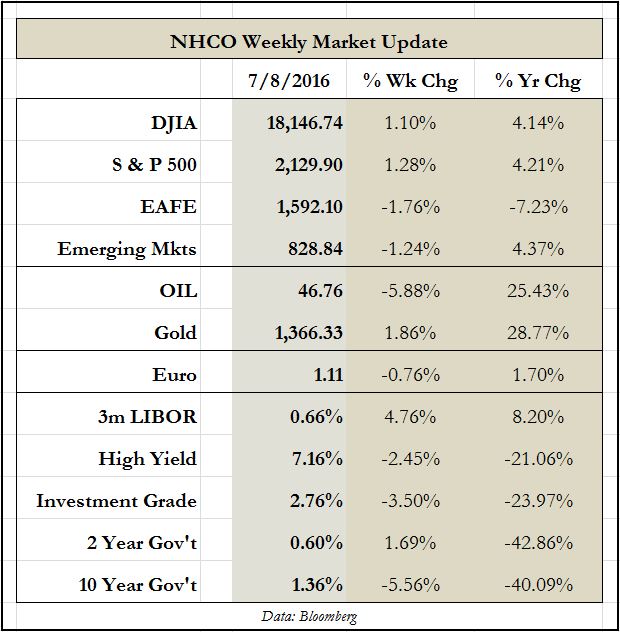
The Beltline and the New Atlanta
July 11, 2016
I grew up on the North Shore of Chicago and have also lived in Boston, New York, and London. I love great cities that function and attract the young and creative. When I lived in Chicago I lived through the Mayor Daly era where City Hall, big business, and the press kept each other in check. In the evenings my family watched the local news with CBS’s anchors Bill Curtis and Walter Jacobson with Brent Musburger covering sports. If something went wrong in Chicago it didn’t take much for the press or business to tell Mr. Daly how to straighten his arrow. It was the Chicago way. The City of Chicago expected much of itself and had tremendous soul and pride – the kind of pride where Cubby fans at Wrigley would throw back home run balls of opposing players.
I came to Atlanta twenty-five years ago in a low period when the core of Atlanta was trying to find its way. The city seemed lost and without someone or thing at the helm. It wasn’t always that way. Atlanta had a great past with tremendous growth. It was nationally known for its economic development accomplishments. In business school, I did a marketing project on Georgia Power’s Economic Development Office and their collaborative efforts with Georgia Tech and the State’s Commerce Department. For decades, Georgia Power and its partners led the nation in pulling corporations to the Peach State.
Upon arriving in Atlanta during the early ‘90s, I saw a city lacking leadership and a city unclear of its future. From 1970 to 1990 Atlanta’s city population had declined 21%. City Hall seemed corrupt, and later, its mayor would go to jail. Whites were fleeing in droves to the suburbs and sprawl was growing faster than kudzu. Downtown Atlanta was becoming a ghost town as companies moved north to Midtown, Buckhead and places like Roswell and Alpharetta.
Little did we know that good things were ahead for Atlanta. In 1996, Atlanta would host the Olympics. In 1998, Hartsfield Jackson Airport would become the busiest airport in the world. The Braves would become world champions and in 1999 a Georgia Tech master’s student named Ryan Gravel would write a thesis on something called the Beltline. This thesis would be one of the catalysts for the resurgence of Intown Atlanta.
The Beltline is a 22-mile shared-use trail of abandoned rail lines that surround the core of Atlanta. It is the country’s largest urban renewal project of its kind. In years to come a streetcar system will connect 45 intown neighborhoods in a ring and a 50-mile Atlanta Streetcar system will crisscross the city in a check board fashion. Ryan Gravel’s TEDAtlanta gives insight into this vision as a way to connect the city and promote a better quality of life. The geographic area inside the 22-mile Beltline is about two-thirds the size of Manhattan and a good chunk of Queens. It also is about the same size as the center of Paris. You’d be amazed at how much undeveloped land there is inside the core of Atlanta. Atlanta has incredible potential to grow in its core.
Fast forward twenty-five years and we see an Atlanta that is thriving and growing in leaps and bounds. Intown neighborhoods are being given new life and areas that were once unfit are now places to live, shop and enjoy. I often frequent the City’s Beltline Eastside Trail enjoying Piedmont Park, Ponce City Market, Old Fourth Ward Park, Inman Park or the Krog Street Market. When I stroll the Beltline I feel like I’m in NYC’s High Line Park, another clever reuse of abandoned rails. It excites me to see the youthful creativity of the City all because of a path connecting places. It tells me Atlanta is rebirthing itself and coming alive.
Gary Martin

